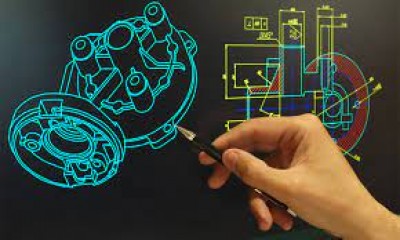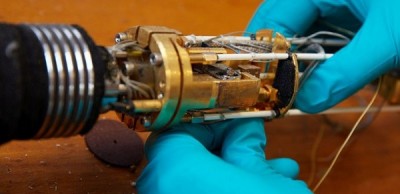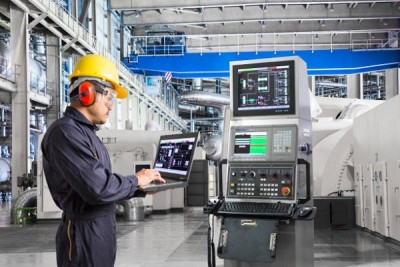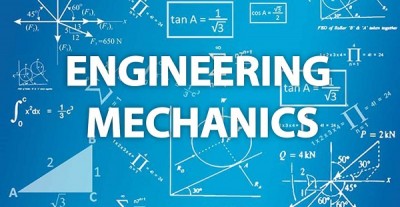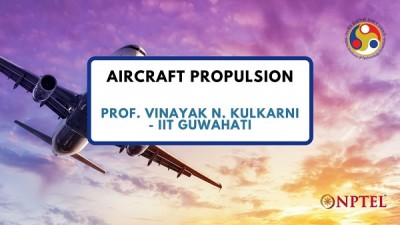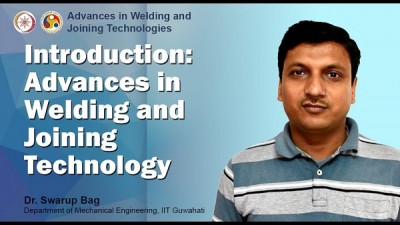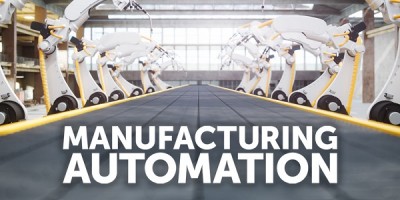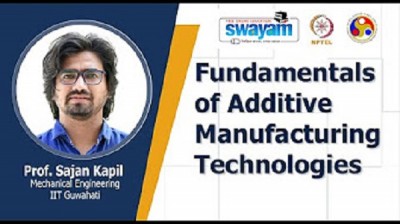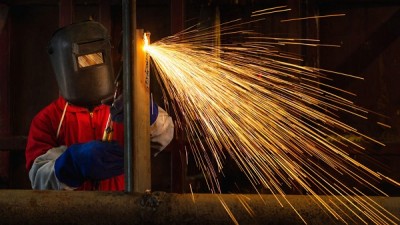Course description
Stress, Strain and Displacement fields for various problems, Beam under pure bending, Analytical solution, Fringe contours from various experimental methods, Disc under diametral compression Analytical solution, Fringe contours from various experimental techniques, Clamped circular plate under a central load Analytical solution, Fringe contours from various experimental techniques.
Spanner tightening a nut completeness of a numerical solution, comparison with photoelastic fringes. Physical principle behind various experimental techniques, Strain Gauges, Photoelasticity, Grids for determining plastic strains, Geometric moir, grating details u and v displacements, Demonstration of fringes due to translation and rotation of gratings of various types
Brief introduction to Moir, Brittle coatings and Holography. Difference between normal photography and holography, Visualising the depth information, Formation of speckles due to illumination by a laser, Rainbow hologram.
Hologram interferometry, Steps in a double exposure hologram interferometry, Speckle methods, Objective speckles, Subjective speckles.
Brief introduction to Speckle interferometry, Shearography, Thermoelastic Stress Analysis (TSA), Digital Image Correlation (DIC) and Caustics. Caustics in a tea cup, dimple formation, Class demonstration of Caustic experiment.
Coherent gradient sensor, Naming of experimental methods, Fringe patterns Richness of qualitative information, Information provided by fringe thickness, density. Optical methods for quality inspection, Comparison of various designs Streamline fillet, Key technologies that have influenced Experimental Mechanics.
Multi-scale analysis in experimental mechanics, Trends in experimental mechanics, Discussion on selection of an experimental technique,
Discussion on selection of an experimental technique contd., References. Review of solid mechanics, definition of free surface, ambiguity in associating the correct value of principal stress direction to the magnitude of the principal stress, Eigen value approach or use of Mohrs circle, Shear distribution in a three point bend specimen.
Physical principle, Historical development, Various branches of photoelasticity, Birefringence, Nature of light, Polarisation, Methods to get polarized light, Understanding polarization, Class experiment on showing crossed polarizers, Passage of light through isotropic media.
Snells laws, Passage of light through crystalline media, Demonstration of birefringence effect of Calcite prism, Influence on the role of optical axis of the crystal, Light ellipse.
Light ellipse (contd.) Retardation plates and wave plates, Historical development on polarization optics, Dichroism, Sheet polarisers.
Sheet polarisers contd., Retardation plates and wave plates, Quarter wave, Half wave and Full wave plates, Stress-optic law, Maximum stress information obtainable by photoelasticity.
Plane polariscope, Logical explanation of formation of fringes, Understanding isochromatics, isoclinics. Intensity of light transmitted in a plane polariscope by trigonometric resolution.
Jones calculus, Rotation matrix, Retardation matrix, Representation of a retarder, Elements of the polariscope, Analysis of plane polariscope by Jones calculus, Circular polariscope, Dark and bright fields.
Circular polariscope (contd.), Intensity of light transmitted by Jones calculus, Various optical arrangements possible, Demonstration of a commercial polariscope, Use of white light, Colour code, Tint of passage, Storage of photoelastic materials, Time-edge effect, Summary of photoelastic fringes.
Review of colour code, Determination of photoelastic parameters at an arbitrary point, Compensation techniques, BabinetSoleil compensator in
detail, Steps in Tardys Method of compensation.
Tardys method of compensation, Brief exposure to digital photoelasticity, Need for calibration of photoelastic materials, advantage of circular disk, Calibration of photoelastic model materials, Stress field in a circular disc under diametral compression.
Conventional approach to calibration, Linear least squares analysis, Sampled least squares, Introduction to the use of Image processing techniques, Image sampling and quantization.
Fringe thinning methodologies, Thresholding to find fringe areas, Binary based and intensity based algorithms, Chen & Taylor algorithm for one scanning direction, Fringe skeletonisation, Global fringe thinning algorithm, Experimental evaluation, Theoretical reconstruction of fringe pattern, Opening remarks on comments on fringe ordering.
Importance of accurate evaluation of material stress fringe value, Global fringe thinning summary, Comments on fringe ordering (contd.), Features of isochromatic and isoclinic fringe field, Positive and negative isotropic points, Role of principles of solid mechanics in fringe ordering, Identification of zeroth fringe order.
Resolving the ambiguity on the principal stress direction, Determination of the sign of the boundary stress, Compatibility conditions, Role of elastic constants on stress field, Model to prototype relations, Properties of photoelastic model materials.
Three dimensional photoelasticity, Stress freezing, Slicing, Application to a complex problem, Integrated photoelasticity, Principle of optical equivalence.
Introduction to digital photoelasticity, Use of colour information for quantitative analysis, Three Fringe Photoelasticity (TFP), Refined TFP (RTFP) to solve slow time variant problems. Paradigm shift in data processing, Processing of intensity data for photoelastic data extraction, Overview of digital photoelasticity, Ten-step method, Understanding phasemaps.
Photoelastic coatings, Historical development, Optical arrangements, Photoelastic strain gauges, Strain-optic relation for coating, Evaluation of coating and specimen stresses.
Correction factors for photoelastic coatings, Correction factor for bending, Combined in-plane and bending loads, Correction factor for torsion, Correction factor for pressure vessel.
Correction factors Summary, Handling mismatch of Poissons ratio, Coating materials, Properties of photoelastic coating materials, Selection of the coating thickness, Maximum fringe order obtainable, Use of photoelastic coatings to solve a range of problems of practical interest.
Demonstration of photoelastic coating test, Calibration of photoelastic coatings, Compact displacement controlled loading jig. Historical development of brittle coatings, Methodology of brittle coatings, Crack patterns produced by direct loading, Uniaxial, Biaxial and Isotropic stress fields, Steps in brittle coating tests, Coating selection, Surface preparation.
Undercoating, Application of the coating, Drying. Coating stresses, Uniaxial specimen stress, Nature of coating stress, Calibration of brittle coatings, Influence of Poissons ratio mismatch, Crack patterns by refrigeration, Crack patterns by relaxation, Stresscoat.
Analysis of Isoentatic data, Strain Gauges: Physical principle, Historical development, Development of SR-4 gauges, Strain sensitivity of a conductor, Gauge construction, Gauge length, Gauge length error in measurement, Thumb rule in selection of gauge length, Commonly used strain gauge materials.
Strain sensitivity of a strain gauge, Transverse sensitivity factor, Gauge factor, Experimental determination of gauge factor, Wheatstone bridge, Strain measurement options, Bridge sensitivity, Bridge factor, Accuracy achievable in Foil strain gauges, Linearity, Hysteresis and Zero shift, Determination of strain at a point, Three element rectangular rosette.
Delta rosette, Metallic alloys commonly employed, Advance, Isoelastic alloy, Karma alloy, Thermally induced apparent strain, Nichrome-D, Strain gauge carriers, Types, Cements for bonding a strain gauge: Cynoacrylate, Epoxy cements and Polyester cements.
Ceramic cements, High temperature strain gauge, Flame spraying Rokide process, Strain gauge linearity, Hysteresis, Drift, Stability, Heat dissipation, Allowable power density, Selection of bridge voltage, Sensitivity of gauge to temperature, Strain sensitivity of a conductor as a function of temperature.
Temperature compensation, Temperature compensated gauges, Measurement techniques: Two-wire circuit, Gauge factor desensitization, Role of change in temperature, Three-wire circuit, Benefits of three-wire circuits.
Selection compromises, Strain gauge designation systems, Various gauge patterns for different applications, Guidelines for strain gauge selection.
Temperature effects guiding the selection of certain parameters, Importance of following a bonding procedure, Surface preparation: Strain gauge installation kit, Solvent degreasing, Surface abrading, Layout lines, Surface conditioning, Neutralizing. Strain gauge bonding: Strain gauge handling, Strain gauge alignment, Catalyst application, Bonding with adhesive.
Masking, Tinning, Soldering, Application of protective coating, Testing the installation, Transverse sensitivity, Actual and apparent strains, Corrections for transverse strain effects for the case of known ratio of the transverse strain to the axial strain.
Corrections for transverse strain effects for a general case, Trosette, Rectangular rosette. Effect of hydrostatic pressure, Effect of nuclear radiation, Effect of high temperature, Effect of cryogenic temperature, Effect of strain cycling, Environmental effects.
Environmental effects contd., Torque gauge, Stress gauge, Single element strain gauge as stress gauge, Evaluation of SIF by strain gauges, Strip gauge, Single element strain gauge to evaluate SIF. Summary of the course.
A few questions from the whole course were discussed.

